The sintering method commonly employed in the manufacturing of tungsten carbide pump poles is either vacuum sintering or pressure-assisted sintering, such as Hot Isostatic Pressing (HIP). The selection between these methods depends on the application environment, mechanical requirements, and performance expectations of the end product.
Vacuum Sintering
Vacuum sintering is widely used for the fabrication of cemented carbide components due to its ability to produce dense, high-strength parts with minimal oxidation. In this process, tungsten carbide powder is blended with a metallic binder—typically cobalt—and then compacted into the desired shape. The green compact is sintered in a vacuum furnace at elevated temperatures, typically ranging between 1350°C and 1450°C. The vacuum atmosphere minimizes contamination and oxidation, promoting cleaner grain boundaries and improved diffusion of the binder phase throughout the structure. This process helps achieve a high-density microstructure that contributes directly to the component’s strength, hardness, and wear resistance.
Pressure Sintering (Hot Isostatic Pressing, HIP)
In cases where even higher density and reduced internal flaws are required—particularly for components used in high-load or high-corrosion environments—HIP is applied after initial sintering. The HIP process involves subjecting the sintered part to both high temperature and isostatic gas pressure (usually argon). This dual condition facilitates pore closure and further densification of the microstructure. HIP treatment is especially effective for eliminating closed internal porosity that vacuum sintering alone may not remove, resulting in enhanced fracture toughness and reliability.
Porosity Control
Controlling porosity is a critical aspect of the sintering process, as even microscopic voids can compromise the mechanical integrity and service life of tungsten carbide components in demanding applications. Several factors contribute to effective porosity control:
Powder Quality
Only high-purity, fine-grained tungsten carbide powder and binder powders are selected. The particle size distribution and chemical purity directly influence the packing density and sinterability. Impurities or oversized particles can create voids or inhomogeneities during sintering.
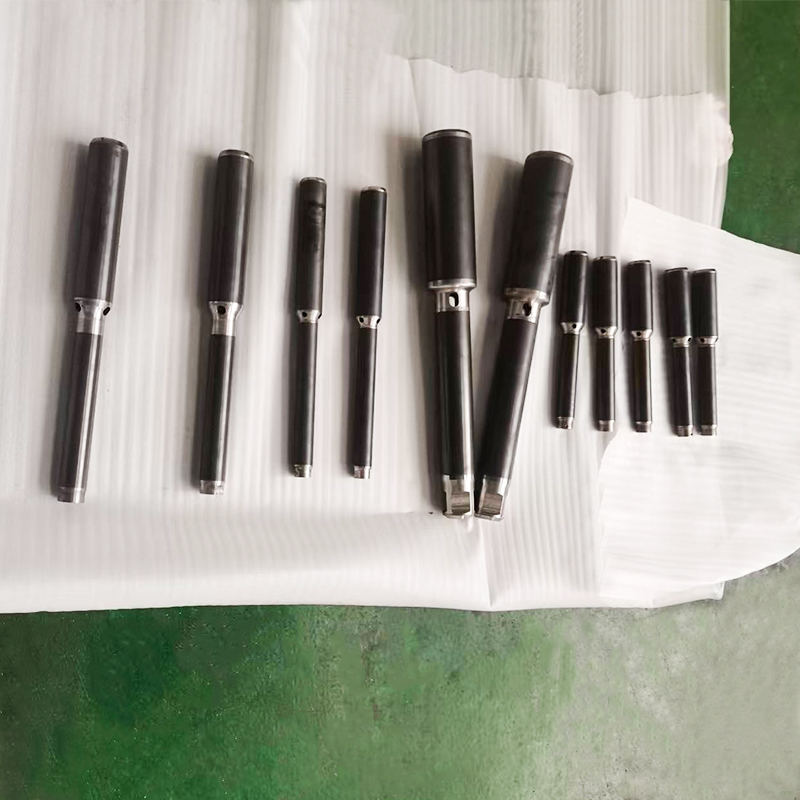
Green Compact Density and Compaction Technique
The powder mixture is typically compacted using Cold Isostatic Pressing (CIP), which applies uniform pressure from all directions. This ensures a highly uniform green body with consistent density and minimal defects. A higher initial green density reduces shrinkage during sintering and helps maintain tight dimensional tolerances.
Binder Homogeneity
The uniform distribution of the metallic binder (such as cobalt) throughout the powder matrix is essential. Poor binder dispersion can lead to localized binder pooling or depletion, which increases the risk of pore formation and uneven shrinkage.
Optimized Sintering Cycle
The sintering schedule is carefully calibrated, including heating rate, peak temperature, soaking time, and cooling rate. This controlled cycle enables gradual diffusion and densification, allowing tungsten carbide grains to grow without forming large voids or internal stresses. The binder phase becomes liquid at sintering temperatures, facilitating capillary action that pulls particles together and fills microvoids.
Post-Sintering Densification via HIP (if needed)
When specified, a HIP cycle is applied as a secondary process to further reduce any residual porosity and improve structural uniformity. This is especially beneficial in pump poles exposed to high levels of mechanical abrasion or chemical corrosion.
The combined use of advanced sintering techniques and strict control over raw material quality, compaction, and thermal processing ensures that tungsten carbide pump poles possess high structural integrity, uniform density, and minimal porosity. These characteristics are essential for maintaining performance in harsh pumping environments, such as those found in oil & gas, chemical processing, and mining industries, where long-term resistance to wear, erosion, and pressure cycling is required.

 ENG
ENG
 English
English عربى
عربى Español
Español 中文简体
中文简体
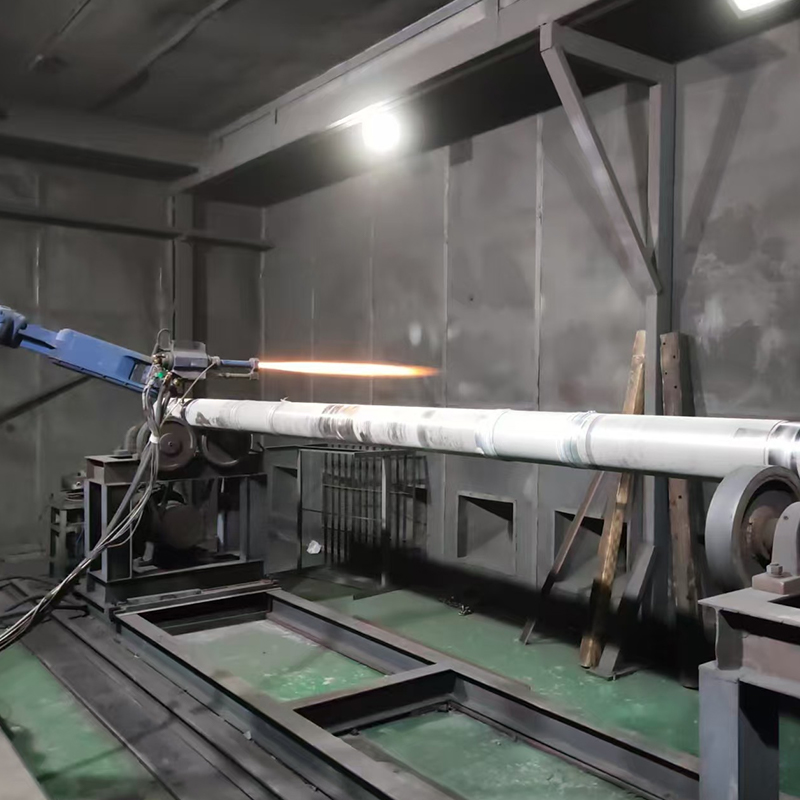
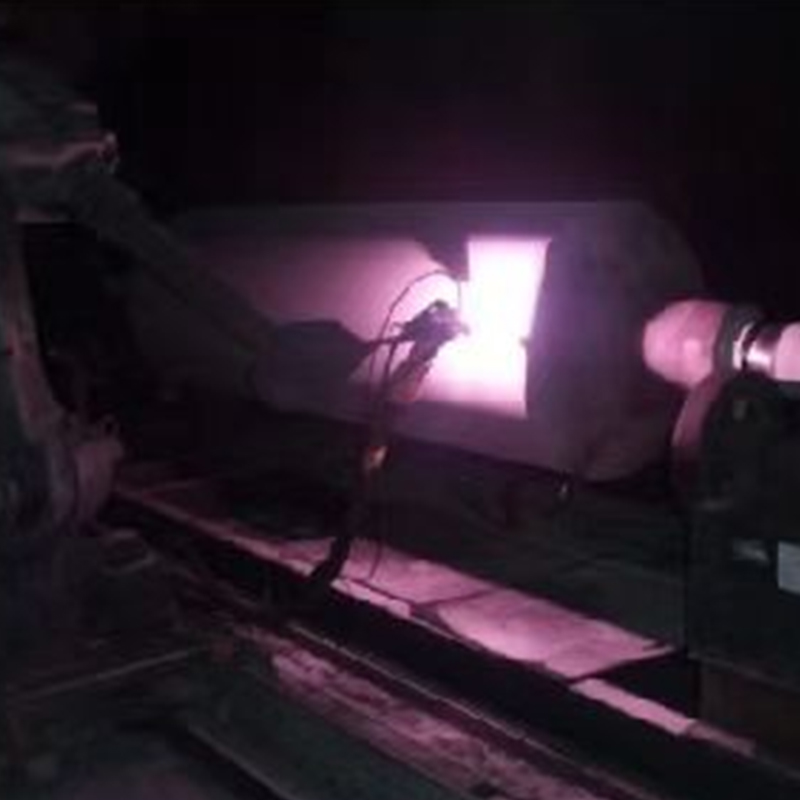


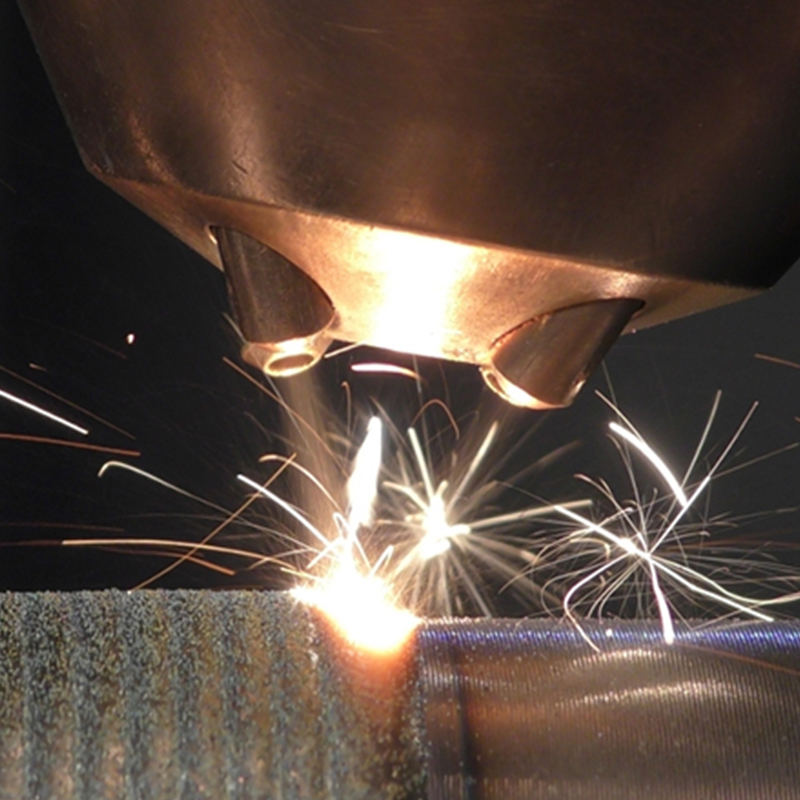

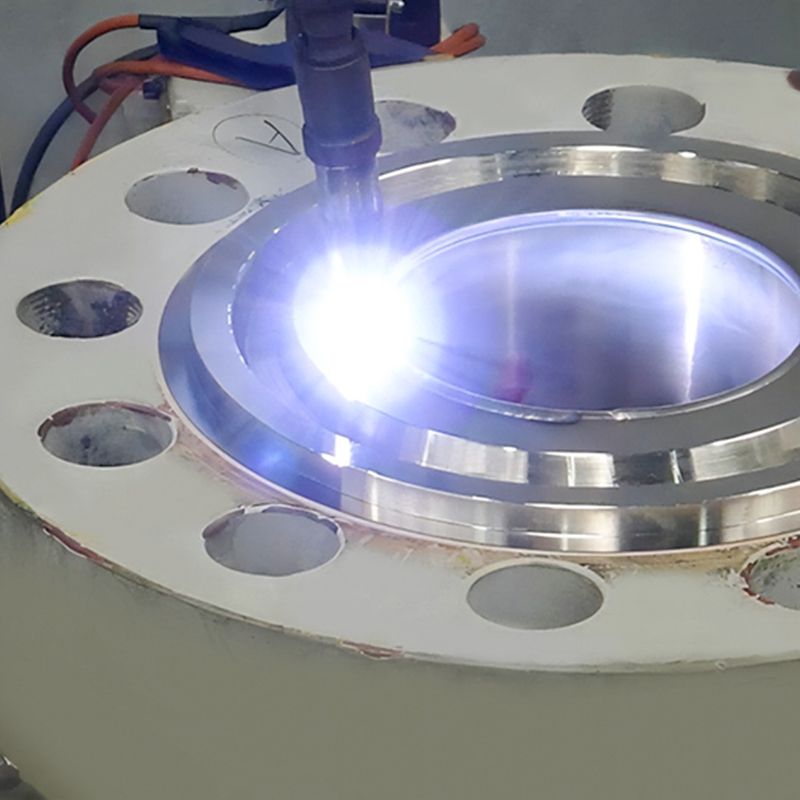
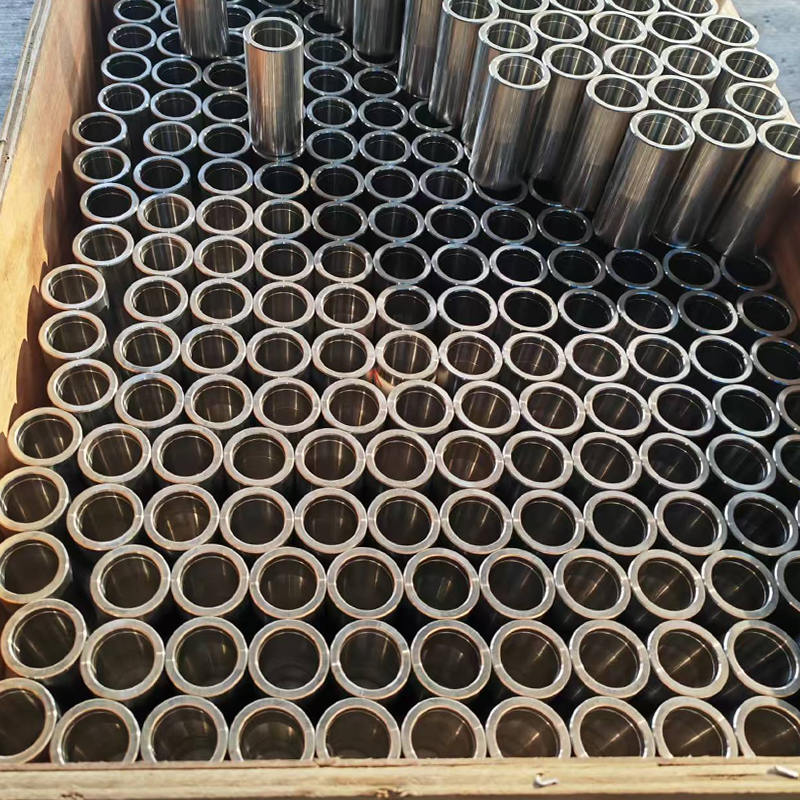
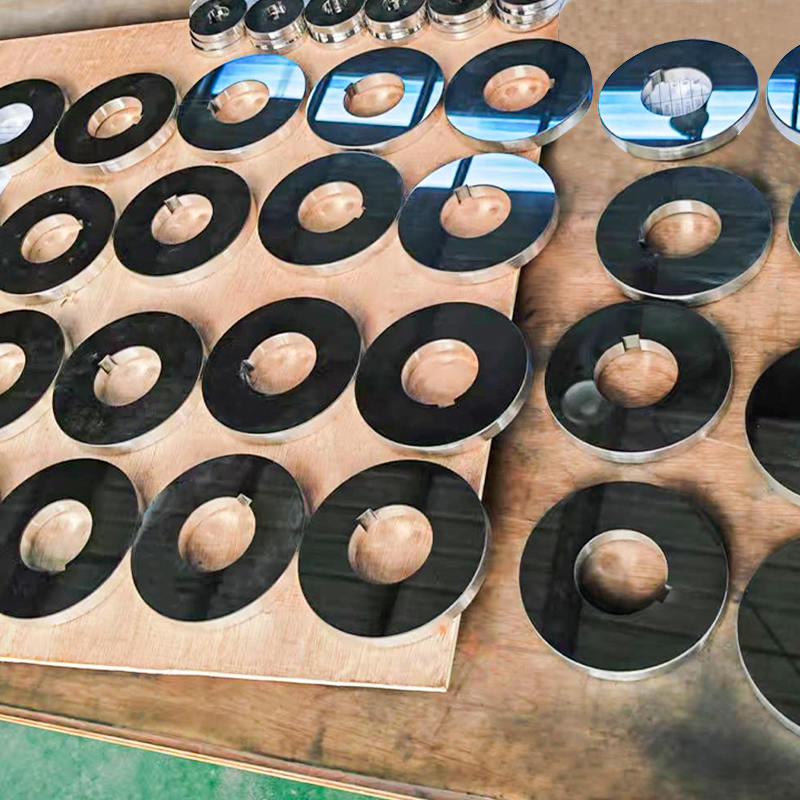
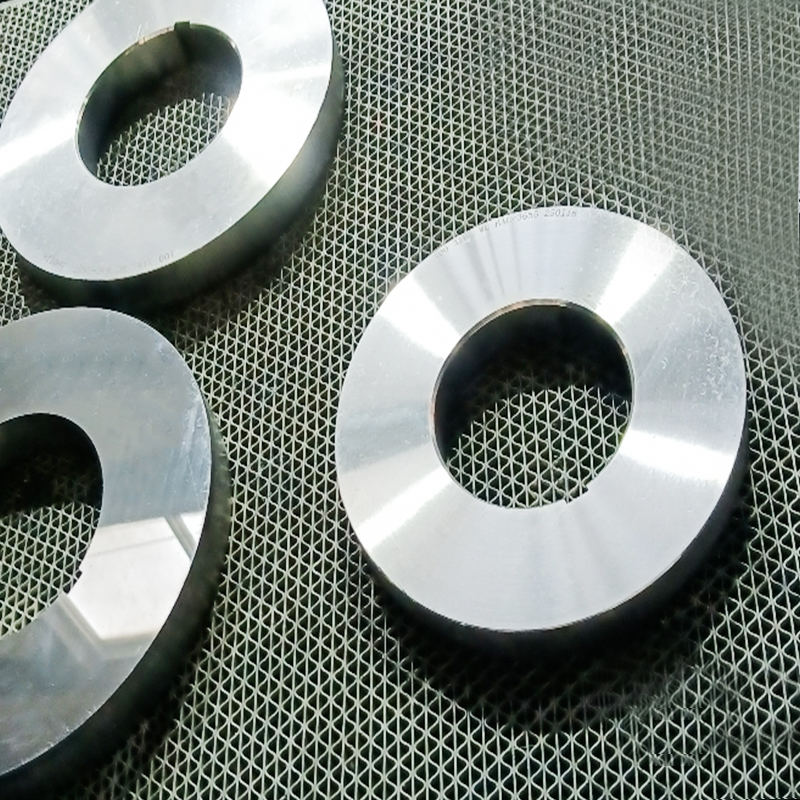

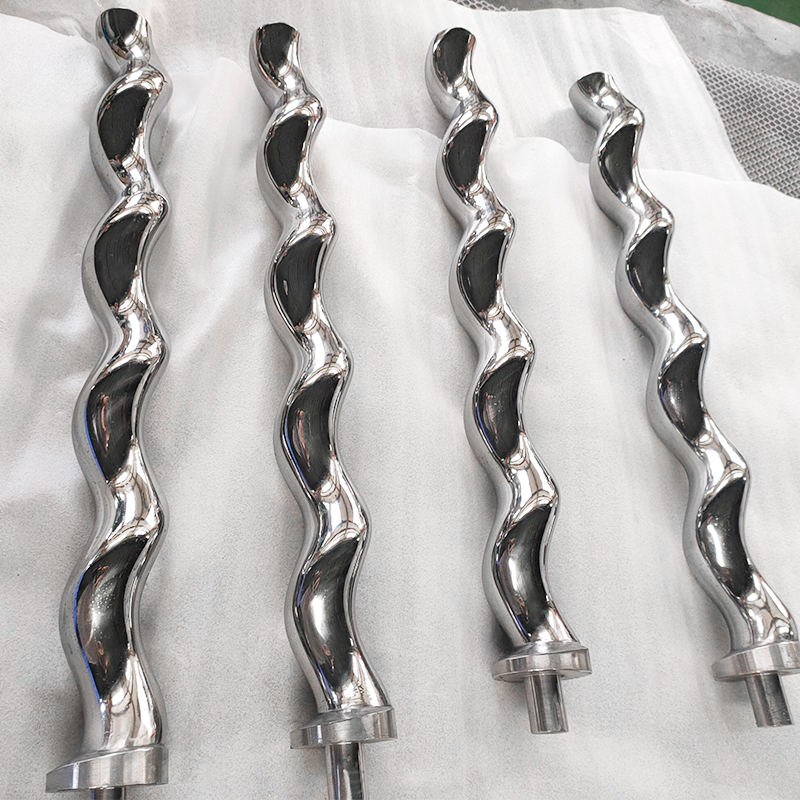

 TOP
TOP